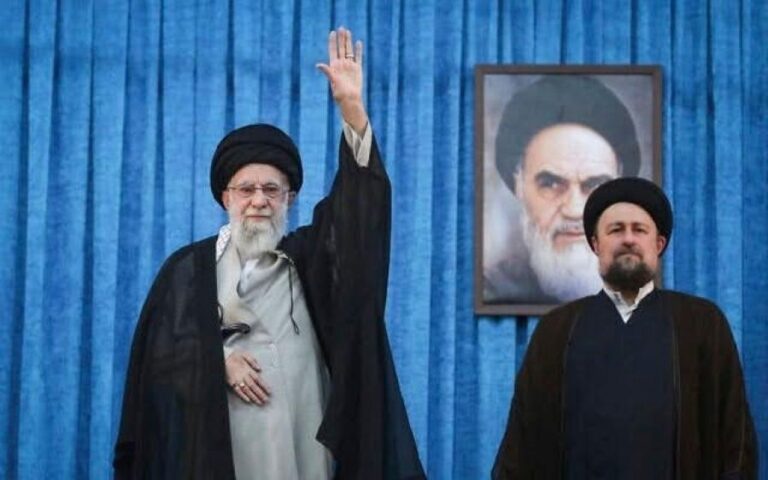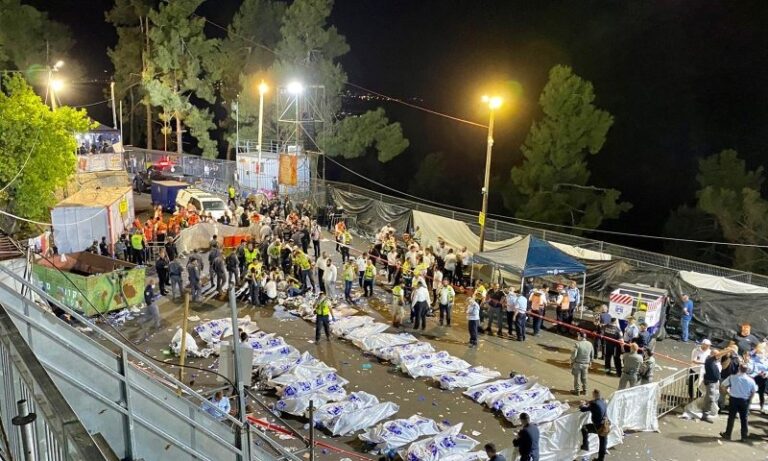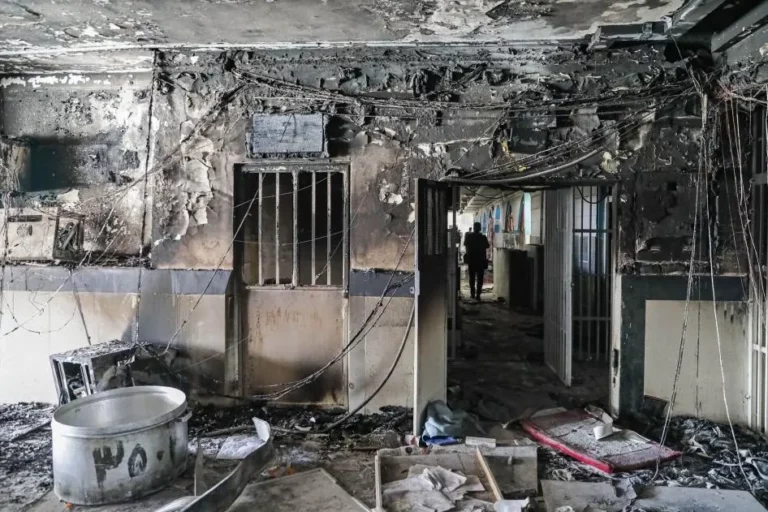 Amid concerns about excessive force, the New York Police Department unveiled a new program on Thursday to document physical encounters officers have with the public and to discourage using force in the first place.
Amid concerns about excessive force, the New York Police Department unveiled a new program on Thursday to document physical encounters officers have with the public and to discourage using force in the first place.
The 35,000-officer department, the nation’s largest, touted the initiative as a way to track and analyze all instances when force is used and said it will use the data to adjust training and identify problem officers. Police officials conceded that under current procedures, instances of force sometimes go unreported.
Under the new policy, the department won’t wait for a death or serious injury or an allegation of abuse to initiate an inquiry, Assistant Chief Kevin Ward said at a news conference.
“If we use force, we will document it,” said Ward, who’s spearheading the effort. “We will investigate it.”
Police officials likened the approach to one they credit with dramatically reducing instances of when officers fire their guns. Those shootings totaled 79 in 2014, a record low.
According to a summary, the new guidelines will emphasize “the duty of all members to protect human life, including people in their custody” and promote the use of verbal techniques to head off a physical encounter.
The overhaul “sends a message to all New Yorkers that we’re going to enforce the law, but we’re going to do it in a way that only uses that force which is necessary,” Mayor Bill de Blasio said in a statement.
The measures were announced the same day the city’s inspector general, Philip Eure, released a report faulting the NYPD for not doing more to combat excessive force. At a separate press briefing, Eure told reporters that compared to some other big-city police departments, the NYPD “was living a little bit in the Dark Ages with respect to its use-of-force policies.”
Asked about Eure’s comment, Police Commissioner William Bratton insisted the department has been aggressively revamping its policies for well over a year.
The examination of the NYPD’s record on force comes in the wake of the police chokehold death of Eric Garner in 2014 and a rough takedown and handcuffing of former professional tennis star James Blake after officers mistook him for a criminal suspect in September. Both were videotaped and remain under official review; neither was part of the analysis.
Eure’s report criticized the department for not giving officers clear-cut guidelines on what constitutes excessive force and for often declining to discipline them when they cross the line.
A rulebook for the NYPD “is completely silent on what actions constitute ‘force,'” the report said. The rules prohibit excessive force “while offering no clarity on what constitutes ‘excessive force,'” it added.
The analysis also found that from 2010 through 2014, the NYPD opted not to punish officers in 37 of 104 cases with evidence of excessive force.
“In a number of cases, the department has failed to meet its fundamental obligation to police itself,” the report said.
There are also several examples of officers being in a position to intervene and potentially stop excessive force but choosing not to, the review said.
It cites a video showing an officer punching a cyclist in the face four times on a Queens street after the man refused to produce his identification as another officer stands a few feet away with his thumbs hooked in his belt. It mentions another case where a man who had locked himself out of his Manhattan apartment building was berated and pushed down by an officer in a dispute over whether the man actually lived there.
Police officers “are not only missing opportunities to deescalate, but are sometimes actively escalating situations with members of the public,” the report said.
The Patrolmen’s Benevolent Association, which represents officers, said adding more paperwork and second-guessing to an overworked, understaffed police force was a “formula for disaster.”
“No amount of new training or additional paperwork will make necessary force that is lawful and properly used by police officers acceptable to those who want to return to the hands-off, reactive policing strategies that sent crime soaring in the past,” PBA President Patrick Lynch said in a statement.
(AP)










